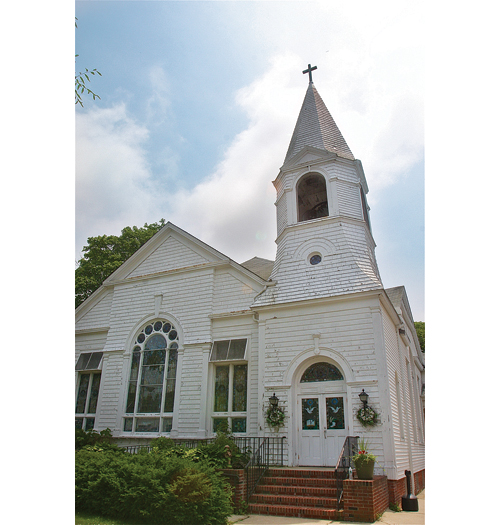Preservation legislation OK’d for historic buildings

As several local church properties have hit the real estate market, the town has adopted new zoning that would allow religious and other historic buildings to be repurposed.
After postponing a vote on the measure at its last meeting in order to clarify some language, board members passed the local law Tuesday.
The “floating” zone, called a Historic Preservation District, allows a historic building to be adapted for other purposes so long as its exterior is kept in good condition and not altered. Town-approved reuses include single- and two-family homes, bed and breakfasts, farmers markets, garden centers, artists’ studios or professional offices.
Before Tuesday’s vote, those types of uses might not have been permitted. The board hopes that by allowing additional functions, developers or nonprofits will be more inclined to purchase the structures.Although the planned sale of local churches like Southold United Methodist and Sacred Heart in Cutchogue sparked the drafting of the “floating” zone legislation, it also can be applied to other properties like schools, firehouses, government buildings and other structures of historic and cultural significance.
To qualify, property owners would need to apply for landmark status from the town’s landmarks preservation committee. The zoning change would then need to be approved by the Town Board, according to the legislation.





